Staging starts at 41:30 in the video, T+2:38 in the flight.
Gorgeous. Throughout the entire video I noticed non-synchronization between the displayed engine status and the video of the engines themselves; here, the engine status readings turn off a few seconds before the plume goes out:
(I was trying to see if there was a pattern to the non-sync such as perhaps the status indicators changing at time of a commanded change, but I couldn’t figure it out. No biggie.)
All of the booster engines shut down except the three inner steerable engines (look at the engine status at the bottom left). After hot staging and separation, the next outer ring of engines light, except for two which are symmetrically located.
I didn’t see the “…except for two which are symmetrically located…”
I’d like to know more about what this absolutely beautiful scintillating cloud is; maybe cold gas from the upper stage engine start?
I saw all-but-one of the engines in the middle ring relight:
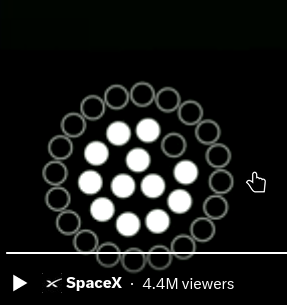 (video 41:45 mission 2:51)
(video 41:45 mission 2:51)
Five seconds later, three engines fail go out one by one from 2:54-2:57, producing that pretty seriously asymmetric looking thrust:
At the same time, one of the three centre engines shuts down. After that, more of the outer ring engines cut off. A few seconds later, another outer ring engine cuts off, then more and more, and finally they’re all out. I have no idea how much of this was planned, but it looks like there would have been seriously asymmetrical thrust during this period. After that, kaboom.
Seventeen seconds later another couple of engines are out and the first visible signs of failure appear; this bright stuff looks like hot & burning gas from a running engine
Then lots of slow and cold gas asymmetrically blowing off:
There’s a another big scintallating cloud one second before total break-apart and very-visible combustion, I would guess this is where the tank(s) started to be opened up
My guess would be that the cloud is combustion products from the engine start transient of the upper stage engines, vented through the ports in the interstage hot staging ring. Here is a video of a Raptor 2 static firing:
At the moment of engine ignition, there is an irregular flash of gases before pressure builds up to the steady state level and stable combustion is achieved (which doesn’t produce an obvious plume). Maybe that’s what caused the ring-like cloud. The launch was relatively soon after sunrise, so the plume, fully illuminated by the Sun at its altitude of 73 km, would be particularly visible against the darker sky.
Here is Scott Manley’s quick look analysis of the Super Heavy booster failure after stage separation. This is a YouTube “Short” which, in their quest for maximum stupidity and admiration for TikTok, cannot be embedded, must be in portrait mode, and automatically loops regardless of your play settings. You’ll have to click the link to view it.
Unrelated, below is The Launch Pad’s video of the launch taken from a drone, which artfully tracked the rocket during ascent.
The Everyday Astronaut should have kept his mouth shut about how wonderful NASA was for developing the Shuttle etc. (paraphrasing) “paving the way for SpaceX”. While, on the one hand, I get the need to avoid poking the bear given the government’s ambivalence toward SpaceX, on the other hand, there is far more at stake here than SpaceX and Musk.
This is related to Musk’s conspicuous interaction with Elizabeth Warren regarding his position as “The World’s Richest Man” in which he failed to point out to her that REPLACING the 16th Amendment with a revenue neutral tax on liquidation value of net assets would make him even richer and utterly demolish all of the monopolies that are out there boycotting twitter and suppressing free speech and funding wokism. We need a lot more Elon Musks, but given his inability to demolish Elizabeth Warren in a manner that would service his own interests as well as produce a lot more Elon Musks, I reallyl wonder who has his balls in a vice.
Gack. No offense but it seems you understate the stupidity level… I can’t find a way to back it up a few seconds to re-watch something interesting, or fast forward, or restart it from the beginning. Apparently these UI expectations I have are not reasonable. I feel old…
More from Manley:
https://twitter.com/DJSnM/status/1725879871115833705
I presume the dark exhaust is mainly carbon due to the Raptor running fuel rich, rather than NOx due to inadequate extraction of thermal as kinetic energy during bell expansion:
That caught my eye too… asymmetrical sooty smoke can’t be a good sign.
This looks like a cool white plume from the left side of the mid-section of the booster, becomes sooty when it passes the exhaust plume. In both my screenshot and yours, it is very definitely just on the left-hand side.
My best guess is that methane is venting for some reason (I can’t think of a good reason) on the left side (long arrow), and when it reaches the exhaust plume it gets hot enough to burn, but its sooty because it isn’t mixed properly?
If you edit the URI for the short, replacing the “shorts” path component with “watch”, you can get a normal youtube player for the short.
Here is Scott Manley’s more detailed look at the flight videos, including the apparent breakup of the upper stage before reaching the intended velocity.
With regard to the dark plume and plume from the booster mentioned in comments #29 and #31 above, if you look at the close-up tracking shots of the booster toward the end of the video (starting around 10:00), it looks like there are two plumes, which I can almost convince myself are coming from around the top of the LOX tank on the near side and the methane tank on the far side. Now, there were regular reports during the first stage ascent that it was on a normal trajectory, which you wouldn’t expect if these were propellant leaks. Super Heavy is supposed to use autogenous propellant tank pressurisation, where pressure in the tanks as they are emptied is supplied by propellant heated by the engines which is routed back to the tank as a pressurant, avoiding the need for separate helium pressure bottles. (The Space Shuttle used the same system to maintain pressure in its External Tank during ascent.)
I wonder if the pressurisation system might be designed to generate more gas than is needed, use what’s required to maintain tank pressure, and dump the excess out the side, perhaps on opposite sides of the booster to avoid mixing. If so, that might explain the plumes on the sides of the booster and the black smoke trail on the side where excess methane was being dumped. Presumably excess oxygen wouldn’t leave a smoke trail.
Or, maybe I’m hallucinating something plausible, like GPT-4.
Spit-balling here:
A good reason to keep liquids well below boiling point is to keep vapor pressure down to avoid cavitation on entry to the pump. So feeding engine heat back into the tank for ullage pressure has to be carefully controlled – especially as the amount of liquid remaining in the tank approaches zero. There are a few ways this could put the system into failure toward the end of a burn. How far was Starship from SECO?
That’s a simulation:
https://twitter.com/AlexSvanArt/status/1726354926299717888
The simulation can’t model the stainless steel.
During the pre-launch talk track, one of the speakers mentioned that hot staging is worth using because it reduces the fuel requirements by 10%? Why 10%?
I am going by my recollection of a very early morning pre-launch show here so I may be off. But viewers in Hawaii had to wake up before 3am local time to catch the whole thing live ![]()
I saw some where the claim that the second stage was 30 seconds from SECO which would mean it had about 10% of its liquids left when telemetry stopped.
Everyday Astronaut has released a compilation of video and audio from Starship Flight Test 2 in “4K” (3849×2160 pixel) video, normal and slow motion, with synchronised audio. When I play this, it displays in “HD” video (1920×1080 pixel mode); use the “gear” icon to select higher resolution if your display hardware and Internet connect can handle it.
The audio will give your subwoofer a workout. Note in the launch video, especially the slow motion, the visible shock waves from the engine noise and/or reflections from the ground propagating upward through the exhaust plume.
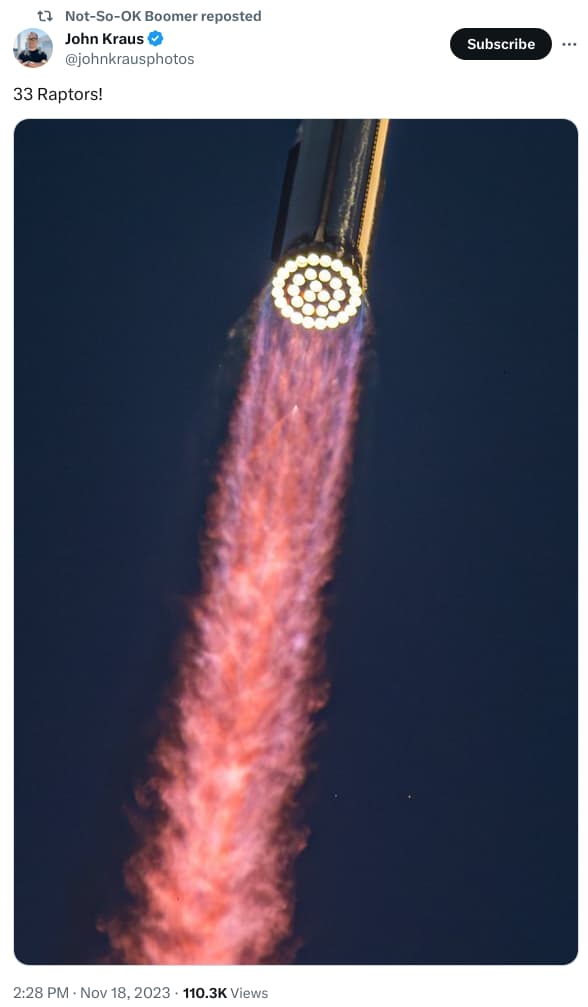
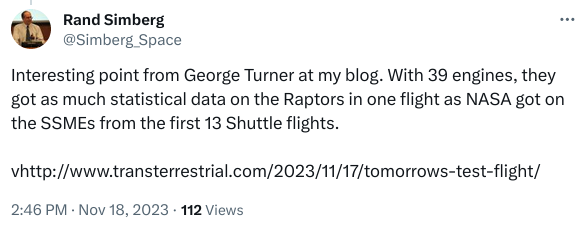
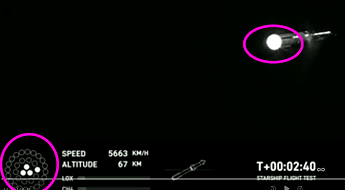
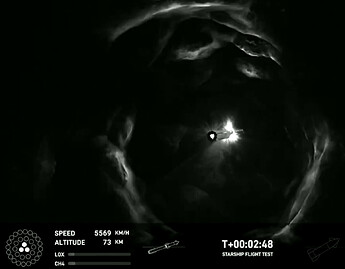

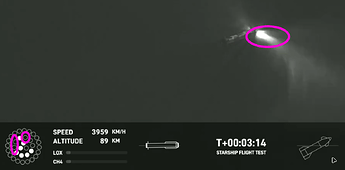
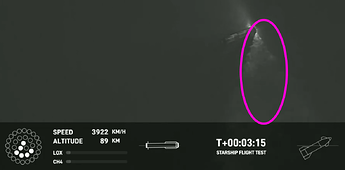
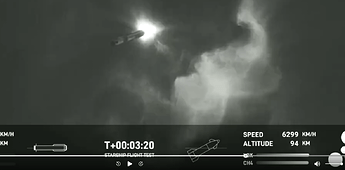
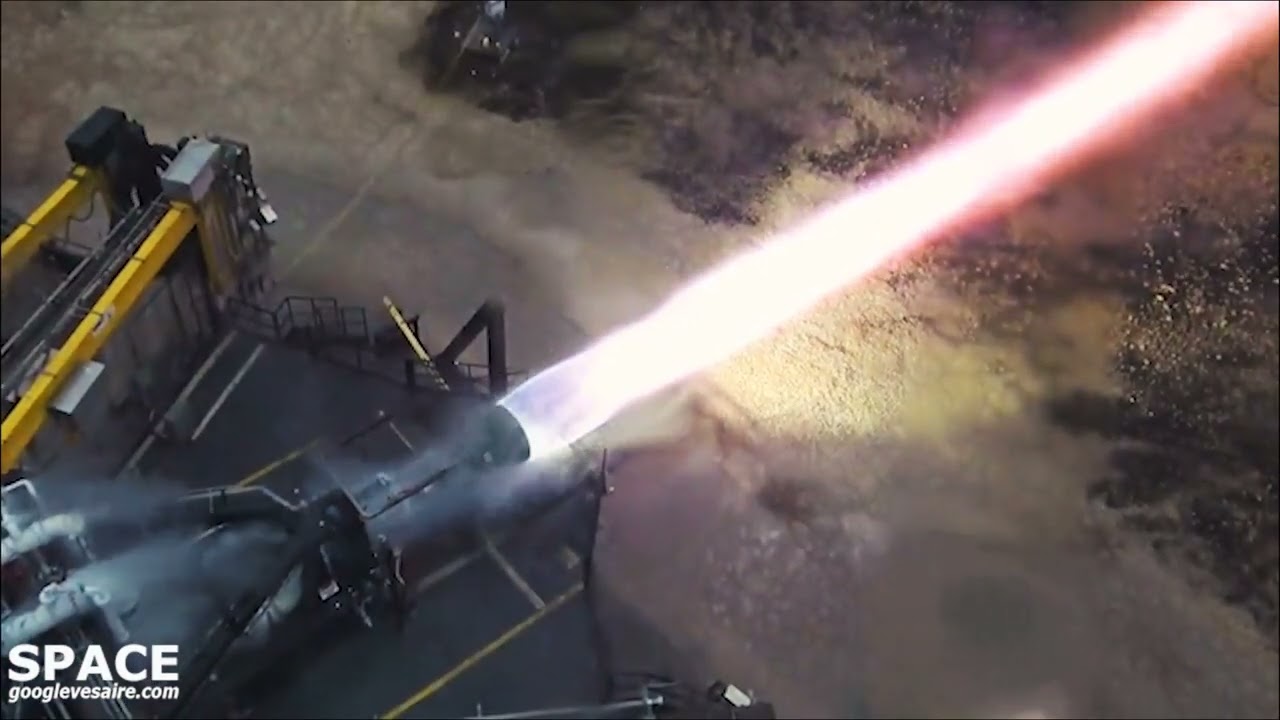
![[DRONE CAM] Starship IFT-2 Launch](https://scanalyst.fourmilab.ch/uploads/default/original/3X/b/0/b00b1c85523e0ac8be5fd528db448d2dc890e6e8.jpeg)


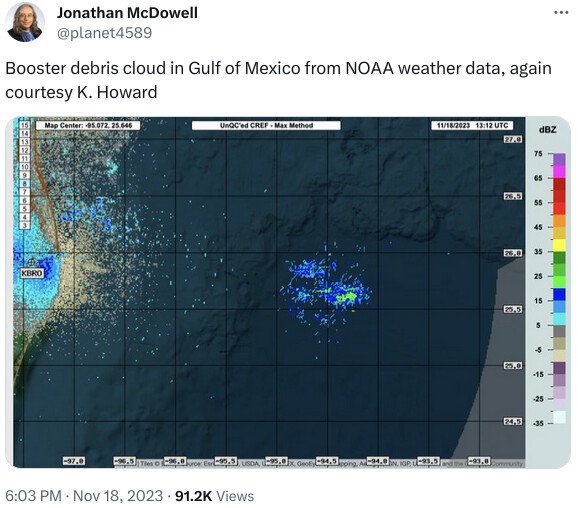

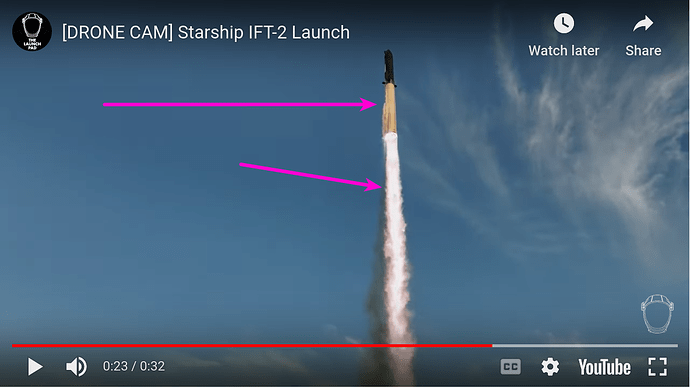

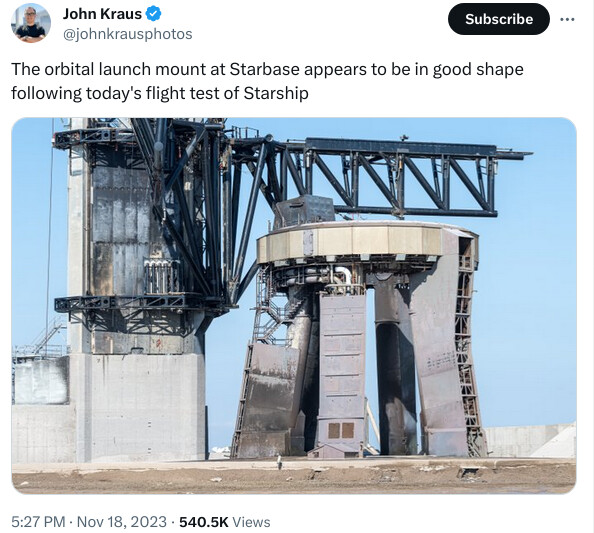
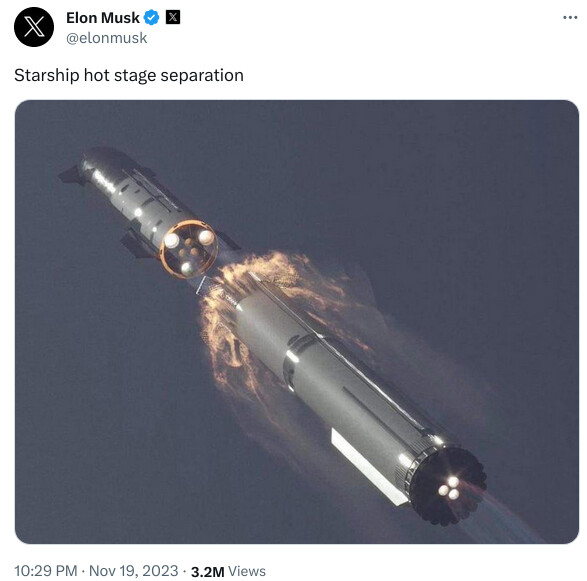
![[4K Slow-Mo] Starship IFT-2 Supercut with clean audio and tracking!](https://scanalyst.fourmilab.ch/uploads/default/original/3X/7/3/7323a602b8c8716850893f3da04fcf5f2fe54e3c.jpeg)